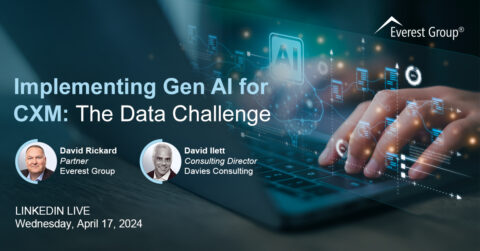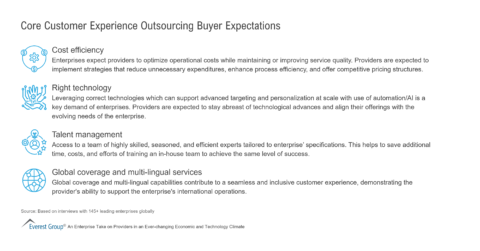Reimagine growth at Elevate – Dallas 2025. See the Agenda.
Filter
Displaying 61-70 of 239
Key Insights: The Evolving Commercial Technology Landscape in Life Sciences | LinkedIn Live
On-Demand LinkedIn Live
1 hour
Navigating the CXM Outsourcing Landscape: A Comprehensive Guide for First-time Outsourcers | Webinar
On-demand Webinar
1 hour
Implementing Gen AI for CXM: The Data Challenge | LinkedIn Live
On-Demand LinkedIn Live
1 hour
How Will Next-gen Technologies Be Financed in CXM Delivery? | LinkedIn Live
On-Demand LinkedIn Live
1 hour













